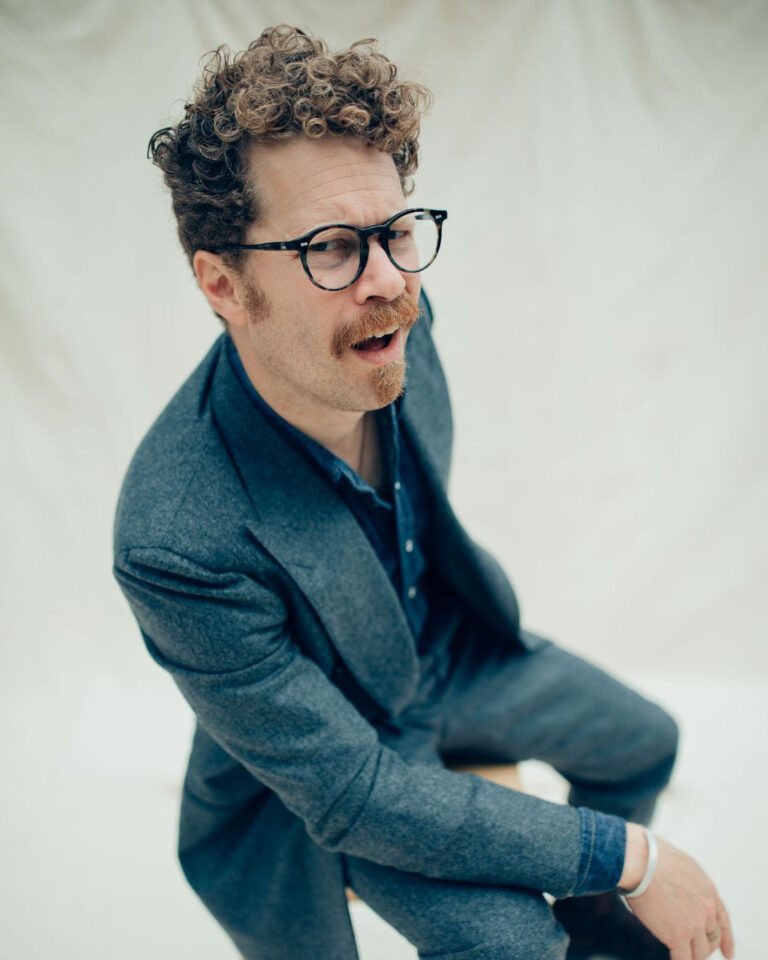This story originally appeared on the Gents Cafe Newsletter. You can subscribe here.
A Q&A with Jamie Ferguson, Menswear Photographer & Author
For this month’s Scent of Paper interview, we’re delighted to feature Jamie Ferguson, a renowned menswear photographer and author of the book This Guy: Portraits of Modern Men’s Style. After working for esteemed companies like DAKS and Drake’s, Jamie embarked on a successful freelance career and launched his Instagram account, @jkf_man, to capture stylish people he met during his travels.
In his book, Jamie celebrates the timeless personal style of men from all over the globe.
Jamie, tell us a little about your background, and how you got into photography and menswear.
I first entered the worlds of menswear and photography in the early 2000s, but I was actually coming from a rather different background. I went to law school, but as graduation approached, I realized I didn’t want to be a lawyer. During my university years I had picked up a passion for acting, so that’s what I turned to in the first place. After three years as an actor, though, I fell out of love with the profession, and I understood it just wasn’t my calling and my life was meant to go in another direction.
I had been looking at the menswear world for a while then, but since we had no social media and not much internet content at the time, it was still a rather obscure universe for me. You had the magazines, like GQ and Esquire, and very little more. But after some digging, I found out about some online streetwear blogs, like The Sartorialist by Scott Schuman, and Tommy Ton’s pictures of Pitti Uomo. It wasn’t the kind of stuff you saw in magazines. Luckily enough, a friend of mine had an uncle who worked in London as a wholesale agent and was willing to take me on board and teach me the ropes. I subsequently got my first paid job at DAKS, and after a couple of years I moved to Drake’s, probably the company that’s most responsible for my “menswear education”.
By the time I joined, they had just opened their first retail store on London’s Clifford Street, so they were still a young company in full growth. At Drake’s I did product development, styling, marketing, social media, and photography too: I shot one of their earlier campaigns and consequently more and more people would come to me asking if I could shoot their stuff too, to the extent that I couldn’t do that and keep working for Drake’s at the same time. Since my interest in photography was growing, I took the risk and began my own freelance career.
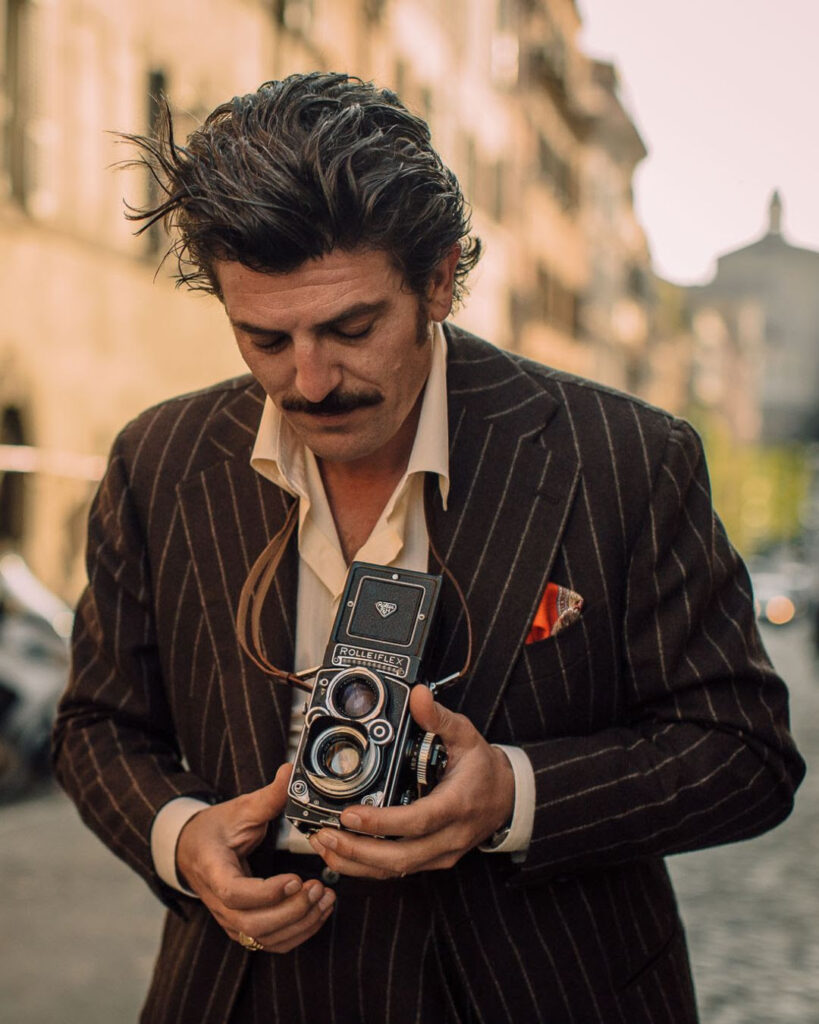
You started your Instagram account @jkf_man as a way of documenting the stylish people that you encountered through your work and travels. Today, what began as a nerdy obsession with menswear, has become your profession. Tell us more about this journey: when did it start and how has it evolved over time?
If we speak about the technical side of it, since I started, it’s all been about improving what I thought I did well while learning new skills like studio lighting, or experimenting with different cameras and gear setups. Much of my growth has been done on the business side, in terms of relations with brands and private clients. I feel lucky because I’ve got to a point where I’m relatively established as a professional, so I don’t have to work as hard to promote myself. Most people now recognize my aesthetic and they come to me knowing what to expect: this of course makes the acquisition of new works a lot easier than it has been in the beginning and also gives me more freedom since clients tend to trust my ideas and suggestions.
Last year, for example, I worked with J. Crew, and since the brand was going through a relaunch, they were willing to experiment a little and accepted some proposals from me in terms of styling and shooting: it was very rewarding. I’ve also worked for almost six years with Bennett & Winch, a brand that treasures the value of well-produced imagery and content, and they gave me the opportunity to do many cool shoots. I’ve also worked extensively for Matt Hranek and his W.M. Brown magazine, doing several shoots in and around Scotland, a place where I moved to in 1998 from Toronto, it felt great to work in places that felt so familiar to me.
What inspired you to shift your focus and center your work around yourself, and how did that lead to opportunities to work with brands in a different way?
The first time I centered my work upon myself was during the 2020 lockdown; yet, it wasn’t really for influencing purposes, but rather because being stuck at home and wanting to experiment with some new shooting techniques, I was the only available subject. Then, as I was satisfied with the result, I published the images on my profile. That led to brands getting in touch to work with me in a different way than before, wanting to have me also in front of the camera. I wasn’t sure about keeping up that kind of work after the pandemic ended, but if the proposals come from brands I like and fit my style, I’m always open to it. The best thing is when a brand lets me style their products as I would naturally do, mixing them with other garments I already own, and not having to create a total look from that specific brand: the outcome is more authentic, and I’m allowed to “speak in my voice”, to share my own style.

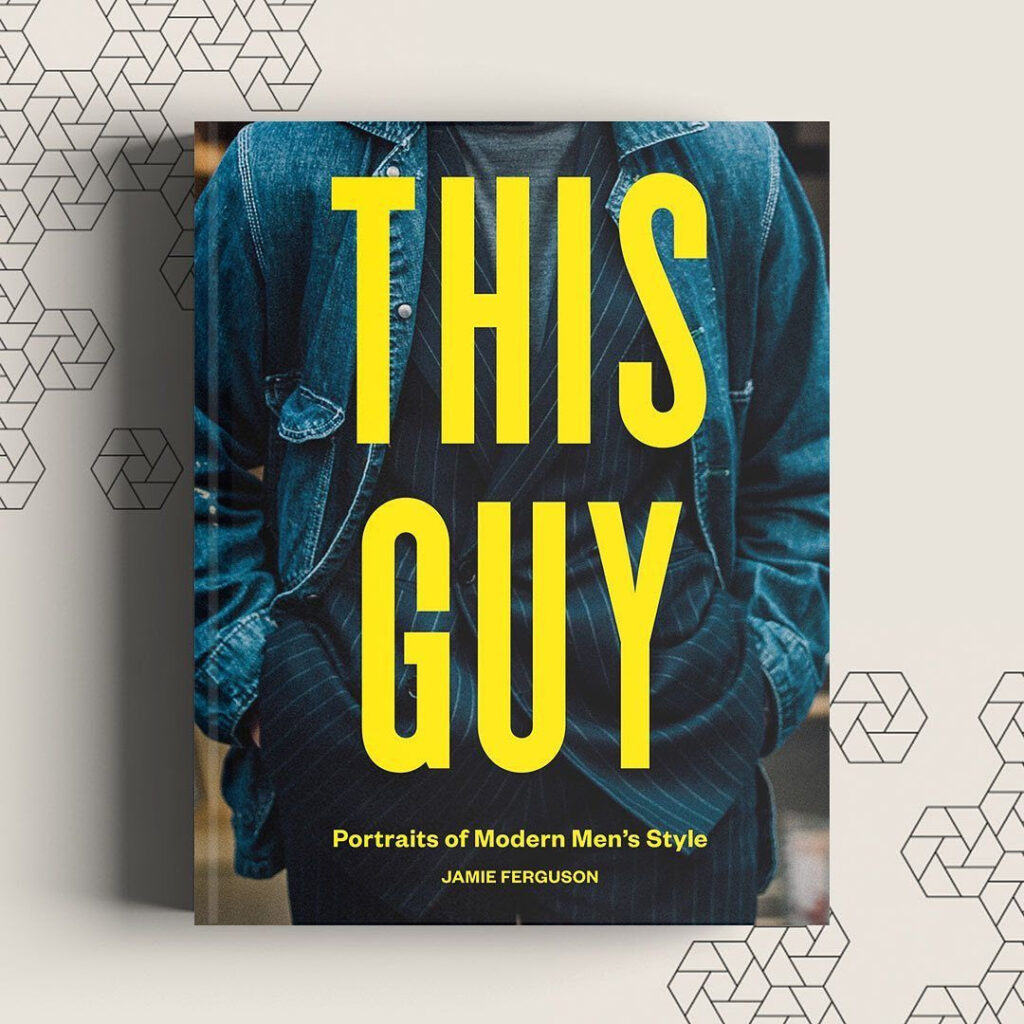
Your book This Guy: Portraits of Modern Men’s Style is a celebration of modern menswear where you curate a gallery of men from around the globe who possess enduring personal style, like Tommaso Capozzoli, Simon Crompton, and Michael Hill. Just to name a few. Tell us a little about the book and what inspired you to create it.
A lot of my career has been very serendipitous, such was the case with the book. My publisher reached out to me out of the blue, and asked if I had any ideas for a photography book; I pitched them the idea of This Guy: I like to photograph people in a candid way, walking with them through their neighborhood and documenting not only their style, but also the stuff they are into and the places they usually go to. A great inspiration has been the work of Todd Selby, who photographs artists in their homes, and I wanted to translate that approach into menswear photography. Of the twenty people that ended up in This Guy, I knew personally about a half, and of course knew the other half through their presence online; my goal was to show people that weren’t already exposed to the general audience, like Gerardo Cavaliere, who at the time had only appeared in some pictures taken by Matt Hranek. I find it interesting to ‘discover’ those guys who are still off the radar, but it has become more and more difficult since I was doing the book in 2019: Instagram has made it easier to find them, but also easier to expose them to the general audience more quickly.
This Guy captures not only the impeccable style of the twenty men that you feature but also the lives that made them. Can you discuss any particularly interesting or surprising things you learned while shooting and interviewing them for the book?
What touched me the most was how nice the people involved in the project were. As I said, I knew only about half of them, and while reaching out to those I didn’t know I was a bit afraid they wouldn’t have time for me, or they’d just consider it business as usual and would only want to end the shooting quickly. Instead, they all turned out to be extremely generous with their time; take Glen Allsop, for example: we spent a whole weekend together, with him and his family. When I was in Tokyo for the shooting with Yukio Akamine, I asked him if it was possible to have a couple of different outfits, ideally three: he prepared nine! A fun episode happened while we were looking at his Liverano suits; there was a little translation error, as he thought I asked if he knew the tailor personally: so he just rang on the phone Antonio even though it was 4am in Italy! Getting to spend time with these guys, showing me different facets of their world, was amazing.
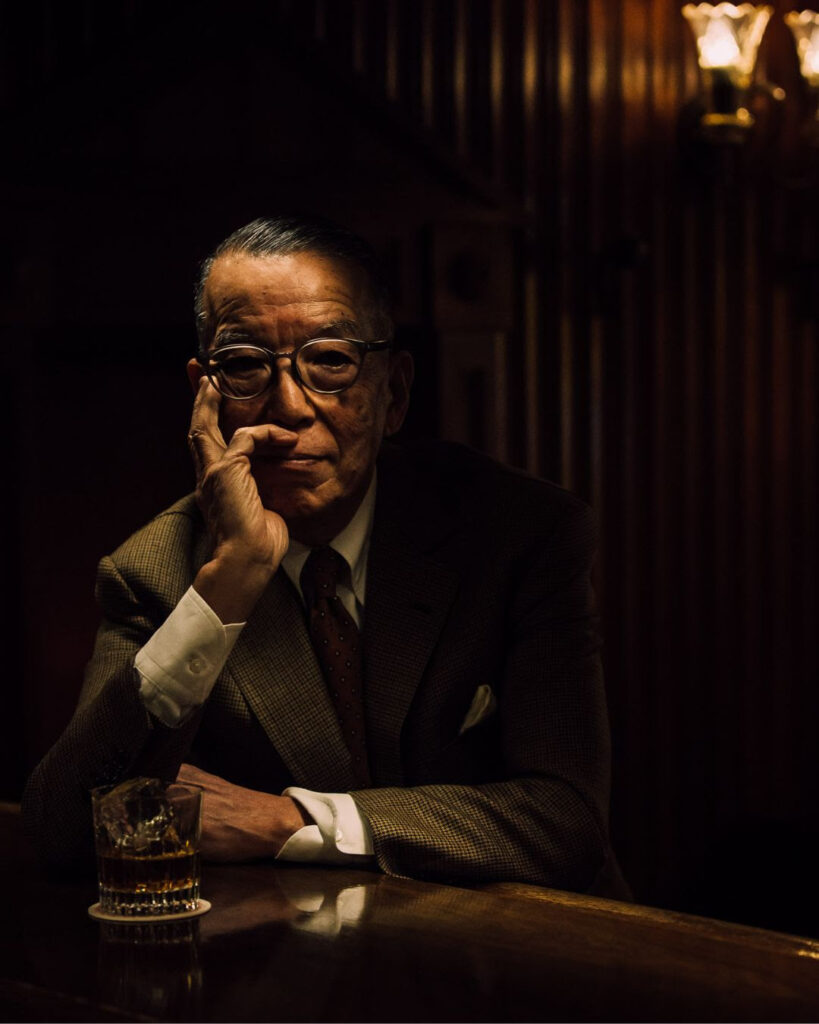
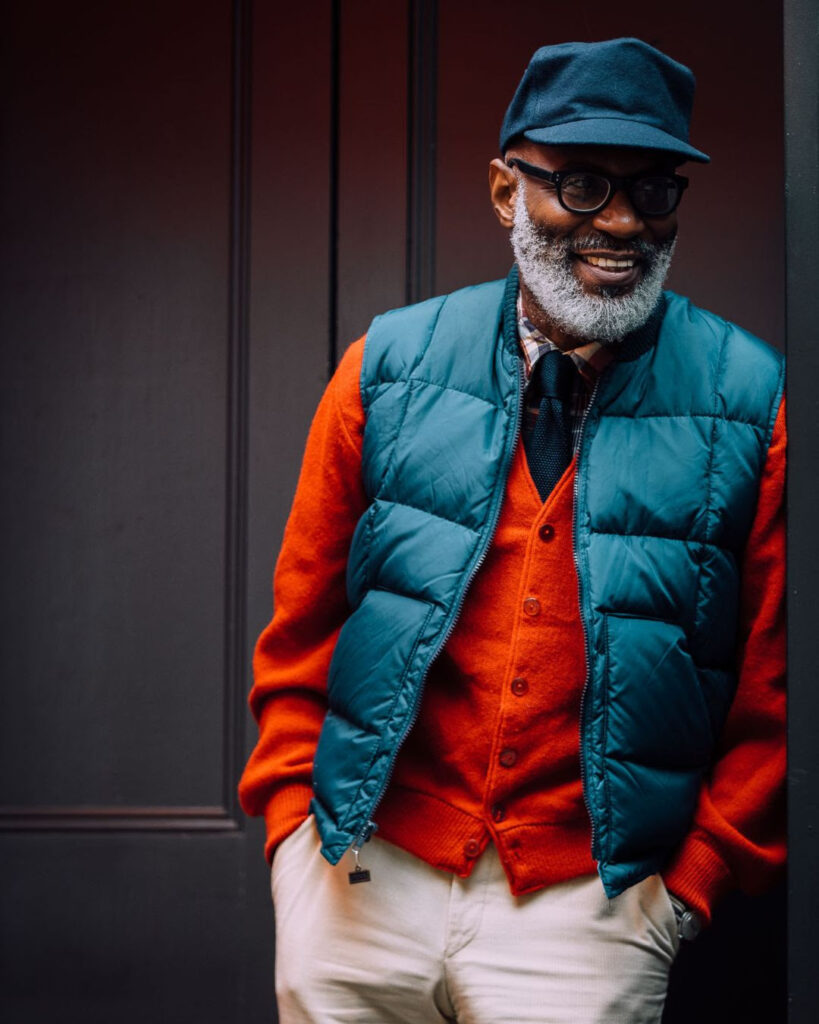
Your ability to capture not only the style of the person but also his personality is what makes the photos inside your book amazing. How do you decide how to portray a subject?
Before I started the book, I was becoming more aware of what I like as a photographer and the kind of images that resonate with me: most of the time, they are intimate and candid portraits. Getting a guy to laugh or catching a glimpse that you wouldn’t usually see is cool. I guess also being a fan of the people I am shooting is what really helps. They can see that I am genuinely interested in what I ask them and what they tell me. Sometimes, I just put the camera down and listen to them, and only bring it up quickly to snap the right moment. This is particularly useful for people who are not really used to standing in front of a camera. For some of the guys, those with more experience, of course, it’s easier: I do a bit of research and just start with a rough idea of how I want to approach them. When we were producing the book, I was shooting and interviewing at the same time, to take their mind away from being photographed, and that seemed to work.
What do you hope readers will take away from your book?
The core of what I like doing is shooting cool guys with cool style. I like doing it in a way that’s slightly unexpected, and not regular portraits for a magazine interview. The aim of the book was to show this precise approach, and that’s why I selected these guys: I wanted to give the readers a chance to learn a little bit more about these people. These days, getting access to photographic contact through social media is very easy, so I was happy to couple the imagery with a background interview: that way, readers got to know them to a deeper extent than through the simple pictures. Despite the fact that these guys are from different locations around the world, I think readers can understand menswear is a universal shared language since this world is a very niche one: a great tailor like Liverano is known in Tokyo and New York, it’s a universal language.
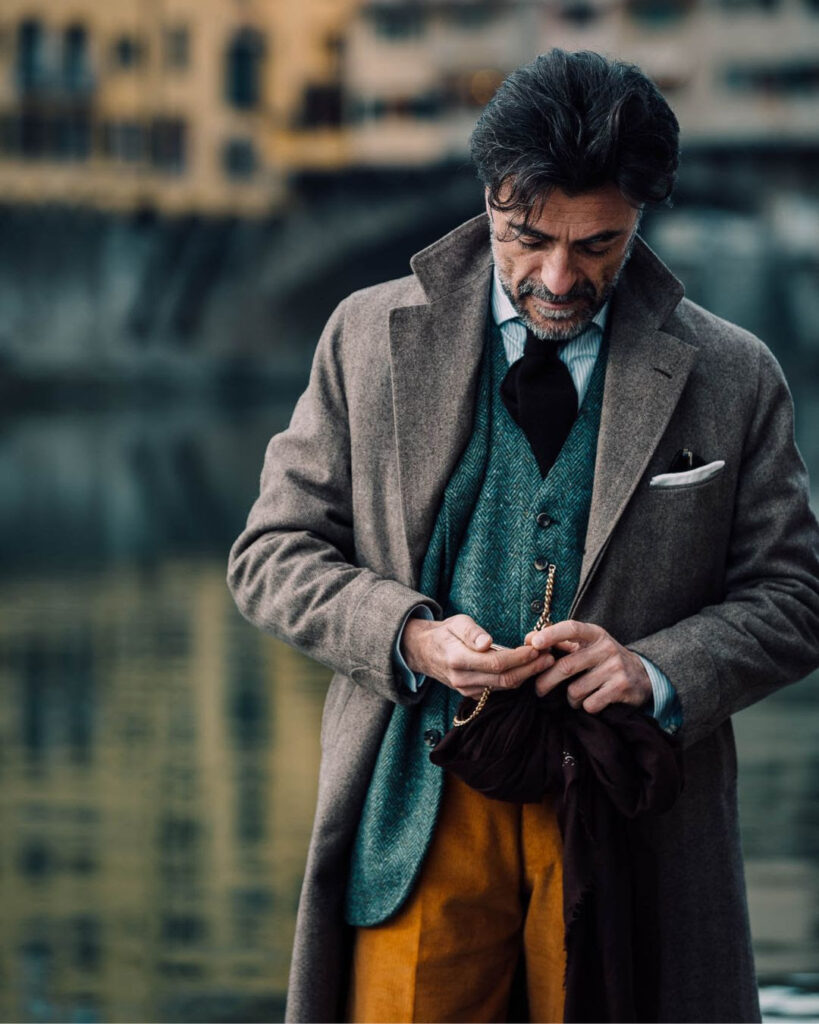
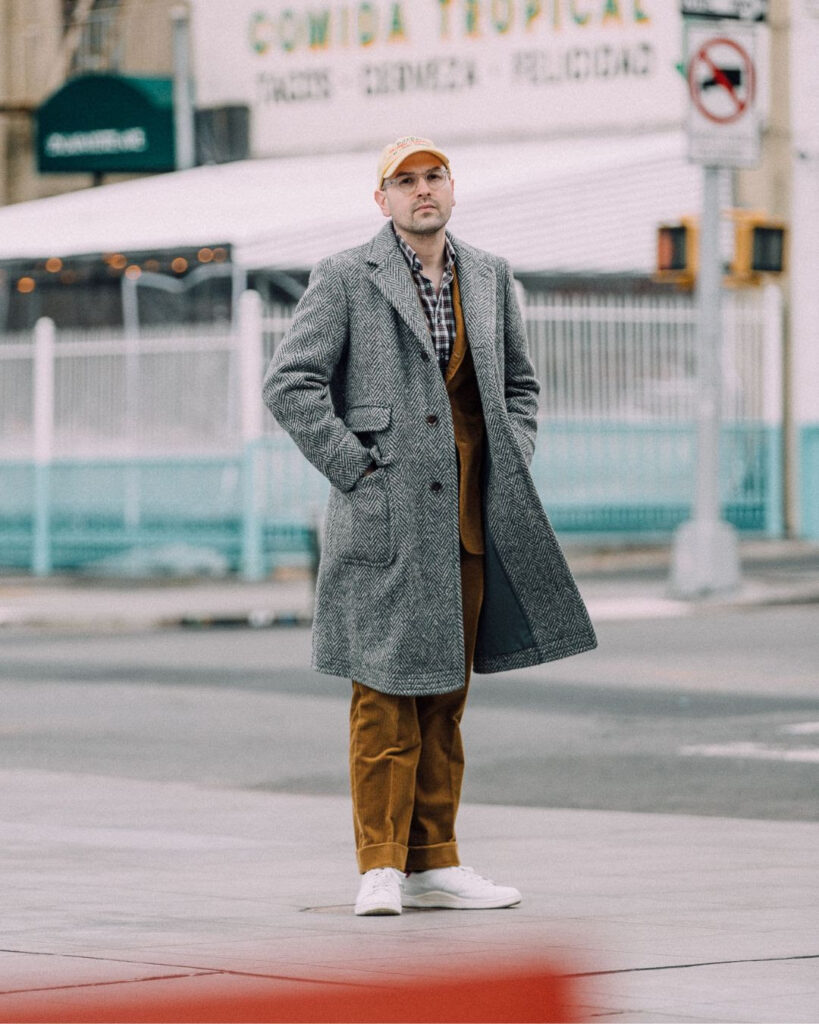
Do you have any future projects or ideas for books that you are currently working on or considering?
I‘m currently co-authoring a book with Simon Crompton of Permanent Style London which will come out later this year. It’s essentially a sequel to “The Style Guide”, a book we put out in 2017; this one is called “The Casual Style Guide” and will be more focused on workwear, Ivy style, western clothing, and British country attire to name a few. For the first one Simon wrote all the texts; this time, the text is turning into a dialogue between Simon and me, and that’s interesting because we have very similar and yet very different tastes. I tend to take stuff not too seriously, while Simon looks at things in a more measured way. I think the balance between the two of us is nice, it’s both very objective and lighthearted.
We live in a world where everything moves fast and people’s attention has dropped significantly. A physical book forces us to slow down and enjoy the moment. What’s your take on it and how do you see the future of books and paper?
I think there will always be people in the world wanting a more physical touch, like books, vinyls… I don’t think that’s ever going to get away. If we look at the menswear world, there is much material available, and sometimes it even looks like quantity is taking over quality; but when it comes to printed materials, it’s easier to find the quality, because it’s less easy to produce a magazine or a book: I think there are great examples of publishing right now, like Robert Spangle’s Afghan Style. But good ideas and good projects need a long time to see the light, and I would love to see more brands taking risks and not limiting themselves to just producing online content.
Where can people find out more about This Guy: Portraits of Modern Men’s Style and where can they buy it?
The book is pretty much sold out, but I just recently received the last two hundred copies or so and I’m selling them in a final run through my Instagram profile: so right now the only way to buy a copy is probably to DM me there!
Never miss a story – subscribe now to the Gents Cafe Newsletter, a bite-sized read about men’s lifestyle to enjoy over a coffee or a nice cocktail.
